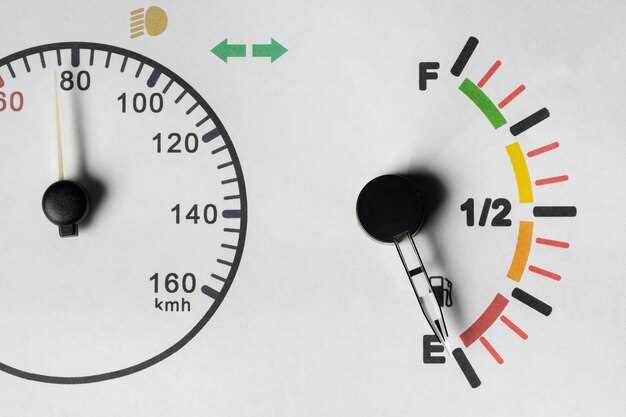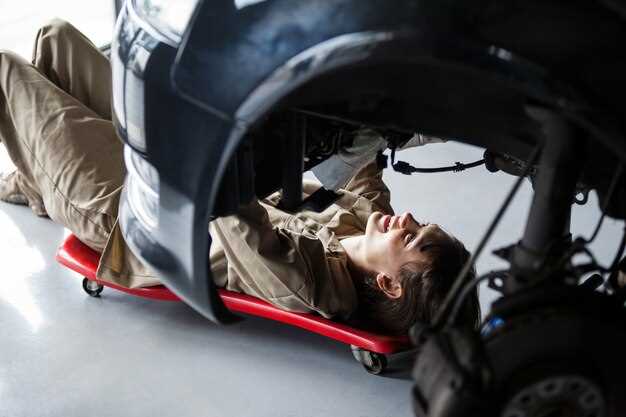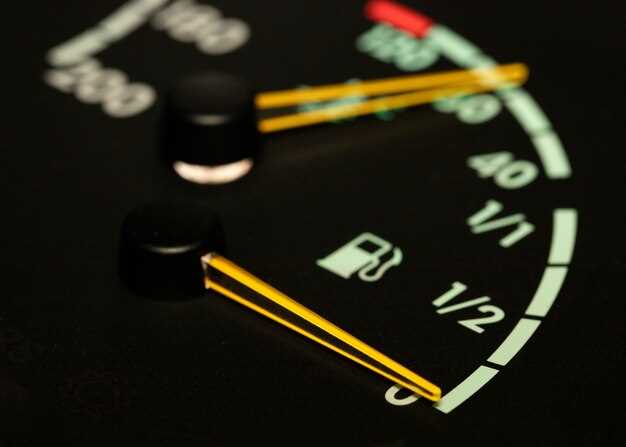
Improving your lap times often requires a deep understanding of braking techniques. One of the most crucial aspects of racing is the ability to effectively manage your speed throughout each turn. By mastering various braking habits, drivers can maximize their performance and achieve faster times on the track.
One effective strategy that many racers utilize is the trail braking technique. This method involves gradually releasing the brakes while entering a corner, allowing for better weight distribution and increased grip on the tires. Proper execution of trail braking not only helps maintain greater speed but also enhances the overall balance of the vehicle through the turn.
As you refine your skills, consider how your braking points and entry speeds can be optimized. Analyzing telemetry data or video footage can provide insight into your braking patterns and how they affect your lap times. Understanding the delicate balance between slowing down and maintaining speed is key to unlocking your full potential on the track.
How to Maximize Speed Control in Cornering

To enhance speed control during cornering, effective braking techniques are essential. The goal is to maintain optimal traction while minimizing speed loss. Start by evaluating your entry speed; if you approach a corner too quickly, you risk losing control. Utilize threshold braking to decelerate efficiently without exceeding tire grip.
Employ trail braking as you begin to turn into the corner. This technique involves gradually releasing brake pressure while steering, allowing weight to shift forward and enhancing front-end grip. The key is to find the right balance between braking and steering to maintain speed while navigating the curve.
As you transition from braking to throttle application, maintain a smooth and progressive input. This seamless change prevents destabilizing the car and helps retain speed through the corner. Focus on your exit; applying throttle too early can lead to understeer, while waiting too long may result in slower lap times. Mastering the combination of braking, trail techniques, and smooth throttle application will significantly improve your speed control in cornering.
Mastering Trail Braking for Enhanced Corner Entry

Trail braking is a technique that involves maintaining braking force while transitioning into a corner. This method allows drivers to control speed more effectively and enhances their ability to maneuver through turns. By mastering trail braking, you can optimize your corner entry, resulting in improved lap times.
During trail braking, the key is to gradually release the brake pedal as you approach the apex of the corner. This controlled deceleration allows weight to shift towards the front of the vehicle, enhancing grip on the front tires. As the front tires gain traction, you can initiate the turn with greater precision.
It is essential to gauge how much braking you can apply without losing control. Too much pressure can lead to understeer, while insufficient braking may result in overshooting the turn. Finding the right balance requires practice and an understanding of your vehicle’s dynamics.
Additionally, consider the corner’s geometry and your speed when using trail braking. In tighter corners, reducing speed early with more aggressive braking can set you up for a better exit. Conversely, for sweeping bends, a smoother application of brakes allows for a fluid transition, maintaining overall momentum.
In conclusion, trail braking is a powerful tool for drivers seeking to enhance their cornering ability. By mastering this technique, you can achieve greater control, reduce lap times, and elevate your overall driving experience. Focus on practice and refinement of your skills, and you’ll see marked improvements in your performance on the track.
Analyzing Brake Balance to Optimize Performance
Brake balance plays a crucial role in achieving optimal lap times, impacting speed and control throughout a race. Understanding and adjusting the brake balance can significantly enhance the way a vehicle responds during trail braking–a technique essential for navigating corners effectively.
When the brake balance is set correctly, drivers can maintain higher speeds while approaching and entering turns. An optimal balance allows for the rear wheels to remain stable, enabling better control when transitioning from braking to acceleration. Conversely, if the front brakes are too aggressive relative to the rear, it can lead to understeering, diminishes speed, and results in a loss of control.
To analyze brake balance, drivers should evaluate brake bias by testing various settings during practice runs. This consists of adjusting the proportion of braking force distributed between the front and rear wheels. A rearward bias can enhance control while trail braking, ensuring that the rear remains planted and reducing the risk of oversteering in corners. However, it is essential to find the right compromise, as excessive rear bias may result in instability.
Implementing telemetry data can further aid in analyzing the effects of brake balance on lap times. Utilizing data logging tools allows drivers to assess brake performance during key sections of the track. Identifying patterns in braking behavior, such as brake pedal pressure and corner entry speed, provides invaluable insights into how changes in balance influence overall performance.
In summary, analyzing and optimizing brake balance is vital for improving lap times. By mastering trail braking techniques and fine-tuning brake settings, drivers can enhance their control, maintain higher speeds, and achieve greater consistency throughout each lap.
